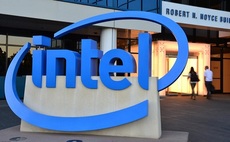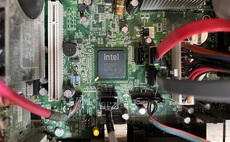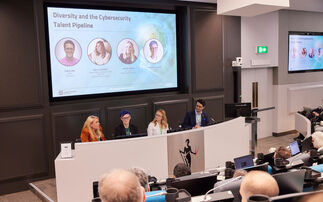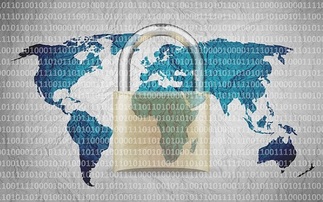'It's about transforming from a PC company to powering the cloud and billons of connected devices' says Krzanich
Intel CEO Brian Krzanich has outlined the "five core beliefs" that will guide the future direction of the company, which is undergoing a major restructure that will see it lay off around 11 per cen...
To continue reading this article...
Join Computing
- Unlimited access to real-time news, analysis and opinion from the technology industry
- Receive important and breaking news in our daily newsletter
- Be the first to hear about our events and awards programmes
- Join live member only interviews with IT leaders at the ‘IT Lounge’; your chance to ask your burning tech questions and have them answered
- Access to the Computing Delta hub providing market intelligence and research
- Receive our members-only newsletter with exclusive opinion pieces from senior IT Leaders























